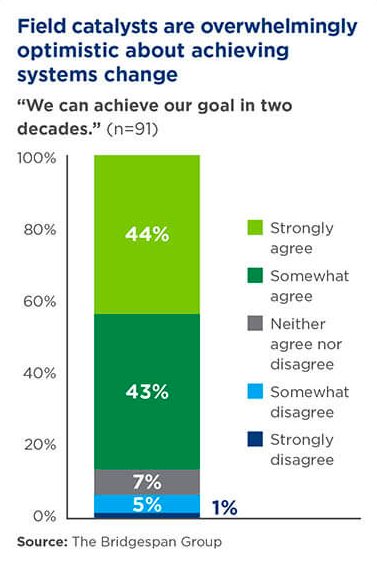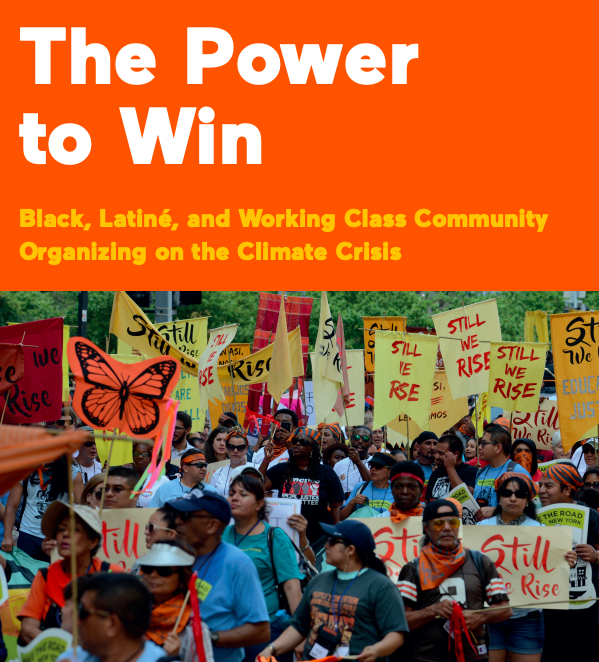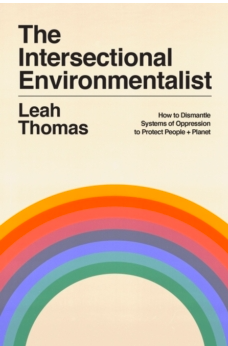Resources
Search below for resources covering the intersection of climate engagement, social science and data analytics.
RESULTS
Raise your hand if you want a better volunteer program
Planned Parenthood’s National Volunteer Program grew in size, scope, and influence from the summer to the end of the year in 2022. It did so by focusing on investing in and developing volunteers into leaders to keep momentum going around winning back abortion access. Here are some key strategies NVP used: Hosting weekly mobilization calls to welcome all volunteers into NVP and ensure people are getting plugged into immediate actions in less than 24 hours of event attendance; Volunteers self-selecting into text banking, phone banking, social media, community mobilization, and/or storytelling—each team has a weekly team call with multiple opportunities for volunteers to step up to be coaches for newer team members; Peer-to-peer texting keeps people plugged into opportunities within each team and is a primary source of information for volunteers; Running large Zoom calls for all volunteers to help deepen their understanding about abortion stigma, get skills-based training to become better storytellers or host teach-ins on their own, learn how to lobby, and participate in phone banks that support states at the local level to stop anti-abortion legislation; Having volunteers lead calls, facilitate meetings, speak out about their own experiences, and have a sense of ownership over the success of their teams; Organizer staffing and team management: Ensure there is a staffing team that can support your scaling volunteer program. An organizer is an essential part of a scalable snowflake model, and on average one organizer can manage 10-20 volunteer leaders, a volunteer leader can coordinate with an average of 5 volunteers, which can result in one organizer supporting a volunteer team size of 50-100 volunteers.
Community Ownership of Solar with Cleveland Owns
In Cleveland, OH, the nonprofit Cleveland Owns is incubating the state's first community-owned solar developer, Cleveland Solar Cooperative, which was the subject of a recent case study funded by the Climate Advocacy Lab.
On the call, organizers shared lessons learned, their motivations to keep at this work, and best practices for groups around the country working to build community-owned solar arrays. The insights shared in this webinar will inform advocates working to start community-owned solar projects, provide practical tips for groups building relationships with the goal of taking action for climate justice, and introduce attendees to a national network of organizations that support projects like this around the country.
Field Catalyst Origin Stories: Lessons for Systems-Change Leaders
Solving complex social problems offers unique challenges—here are lessons from “social-change makers” for fellow leaders. First, a critical step to build trust is to center the voices and perspectives of those most affected by inequitable systems themselves. Second, given constraints in human capacity, consider experimenting by hiring differently, deploying talent differently, and surrounding yourself with people who think differently than you. Third, measure your impact—use principles that center equity and learning, track the state of the field’s development, monitor your progress, and don’t forget the health of your own organization. Fourth, be sure to find balance between long-term visioning and planning and short-term action.
Equitable Systems Change: Funding Field Catalysts from Origins to Revolutionizing the World
Even with modest beginnings, “systems-change organizations” seek world-changing outcomes. But solving complex social problems is uniquely challenging. This resource surveyed “field catalysts” aiming for systems change across a variety of issues, including health equity, gender-based violence, climate change, and education. It found that their work could be accelerated with the right support from funders. Because these organizations consistently punch far above their weight, 87% of field catalysts believe they would achieve their systems-change goals within just two decades if provided the necessary resources and consistent support. This resource also profiles some organizations, including IllumiNative, Harambee Youth Employment Accelerator, South African National AIDS Council, Community Solutions, Health Care Without Harm, Movement for Black Lives, Families and Workers Fund, and more.
The Power to Win: Black, Latiné, and Working Class Community Organizing on the Climate Crisis
Organizing the climate crisis’ most disproportionately impacted communities is the missing ingredient to build power required to address the climate crisis. In order to meet the climate crisis and transform our society, we must scale up grassroots organizing. Organizations affiliated with the Center for Popular Democracy that are now leading some of the strongest climate justice organizing in the country include the Green New Deal Network, New York Communities for Change, Make the Road PA, One PA, CASA, the PA statewide climate table, and Florida Rising, and others. This report profiles the work of those groups and others organizing working-class communities of color into the climate movement. Organizing must be: 1) community-led and focus on issues that have tangible impacts for Black, Indigenous, Latiné, and low-income people, 2) rooted in a framework that challenges racial capitalism, and 3) intersect with other issues impacting frontline communities.
What Washington, Dc, Can Learn from the Other Washington About Climate Policy
Just a few years after multiple climate policy failures, Washington State enacted what some have termed the nation’s most ambitious carbon pricing law. Federal Democrats should learn a few lessons from Washington State’s experience. First, businesses are supporting market-based climate policies: A key piece of the Washington story was business support for the cap-and-invest program. Second, legislators can legislate: Another feature of Washington’s experience was the success of legislative leadership. Third, a climate bill can solve longstanding needs: For climate hawks, a carbon price is all about climate, but a bill could be about much more. Fourth, focus on the investments, not the price: The upfront costs associated with a cap-and-invest bill can strike fear into constituents’ hearts, and often toll the death knell for such legislation. Fifth, Republicans might come to the table for the chance to “pay for” their priorities. Sixth, build momentum first. An economy-wide carbon price is a big lift. Legislators must first warm up by tackling particular sectors as they did in Washington.
Using Radical Re-Imagination to Create a Vision for Our Future
Stories like Wakanda Forever demonstrate the level of violence that colonization, conquest, and genocide have caused throughout generations—and how we can overcome them. When we think about the future of technology and social innovation, we need to do so through an alternative lens, just like in Wakanda Forever, and believe in a future where everyone has the talent, vision, and access to build projects that are sustainable and beneficial to all. We need to visualize a world rooted in abundance that rejects the idea that Blackness and Indigeneity must continue to be considered nonexistent in the Americas. Creating a new vision is just the start. We also must ask ourselves what this fictional speculation about our futures means for us today, especially those of us in positions to influence philanthropic resources for communities of color. It is our responsibility to be proactive about centering those intersecting narratives and debunk the myth that innovation and creativity come only from those who can access or understand the latest technology or benefit from proximity to centers of innovation and power.
How to beat the ‘fracking frenzy’ — lessons from the campaign that ended fracking in Ireland
The successful Irish anti-fracking struggle offers key insights on community power building for anti-extraction movements all over the world. In 2017, community activists in Ireland mobilized a grassroots movement that forced the state to revoke fracking company Tamboran’s license and ban fracking. The first step towards defeating Tamboran in Ireland was building a movement rooted in the local community. Out of this experience, five key “rooting strategies” for local organizing emerged — showing how the resistance developed a strong social license and built community power. First, build from and on relationships. Second, foster ‘two-way’ community engagement. Third, celebrate community. Fourth, connect to culture. Fifth, build networks of solidarity. Four key political strategies include: find strategic framings; demonstrate resistance; engage politicians before regulators; focus on the parliament.
#BlackClimateWeek Reading List 2023
Black authors have told stories of the origins and consequences of environmental injustices, given us the richest and most comprehensive collection of poems about nature, and reimagined the future. The Solutions Project is excited to share recommendations to add to your reading list in February and all of the other months of the year. Readings include “The Intersectional Environmentalist” by Leah Thomas, “Black Joy: Stories of Resistance, Resilience, and Restoration” by Tracey Micha’el Lewis-Giggetts, “Becoming Abolitionists” by Derecka Purnell, “An Abolitionist’s Handbook” by Patrisse Cullors, and “Madam C.J. Walker’s Gospel of Giving” by Tyrone McKinley Freeman.
Plan a Winning Fly-in
Successfully meeting with policymakers requires a few key steps. The group trying to meet with their representative must select a priority issue (or issues), recruit the correct people (and a lot of them) to attend the meeting, properly schedule the meeting ahead of time, prepare the advocates in the room, and follow up with the representative’s office after the meeting. This webinar details all of these ingredients.
Pagination
- Previous page
- Page 3
- Next page







